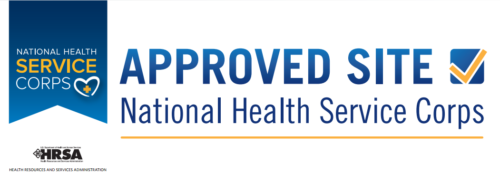Cook to the right temperature
Why it matters
Did you know that the bacteria that cause food poisoning multiply quickest in the “Danger Zone” between 40˚ and 140˚ Fahrenheit?
And while many people think they can tell when food is “done” simply by checking its color and texture, there’s no way to be sure it’s safe without following a few important but simple steps
Follow these top tips to keep your family safe
Use a food thermometer.
Cooked food is safe only after it’s been heated to a high enough temperature to kill harmful bacteria. Color and texture alone won’t tell you whether your food is done. Instead, use a food thermometer to be sure.
- If you don’t already have one, consider buying a food thermometer. Learn more about the different types of food thermometers available.
- When you think your food is done, place the food thermometer in the thickest part of the food, making sure not to touch bone, fat, or gristle. (Get tips on correct thermometer placement.)
- Wait the amount of time recommended for your type of thermometer.
- Compare your thermometer reading to the CDC’s Minimum Cooking Temperatures Chart to be sure it’s reached a safe temperature.
- Some foods need 3 minutes of rest time after cooking to make sure that harmful germs are killed. Check the CDC’s Minimum Cooking Temperatures Chart for details.
Clean your food thermometer with hot, soapy water after each use.
Keep food hot after cooking (at 140 ˚F or above).
The possibility of bacterial growth actually increases as food cools after cooking because the drop in temperature allows bacteria to thrive. But you can keep your food above the safe temperature of 140˚F by using a heat source like a chafing dish, warming tray, or slow cooker.
Microwave food thoroughly (to 165 ˚F).
To make sure harmful bacteria have been killed in your foods, it’s important to microwave them to 165˚ or higher. Here’s how:
- When you microwave, stir your food in the middle of heating.
- If the food label says, “Let stand for x minutes after cooking,” don’t skimp on the standing time. Letting your microwaved food sit for a few minutes actually helps your food cook more completely by allowing colder areas of food time to absorb heat from hotter areas of food. That extra minute or two could mean the difference between a delicious meal and food poisoning.
- After waiting a few minutes, check the food with a food thermometer to make sure it is 165˚F or above.
— Source: Centers for Disease Control and Prevention, FoodSafety.gov

